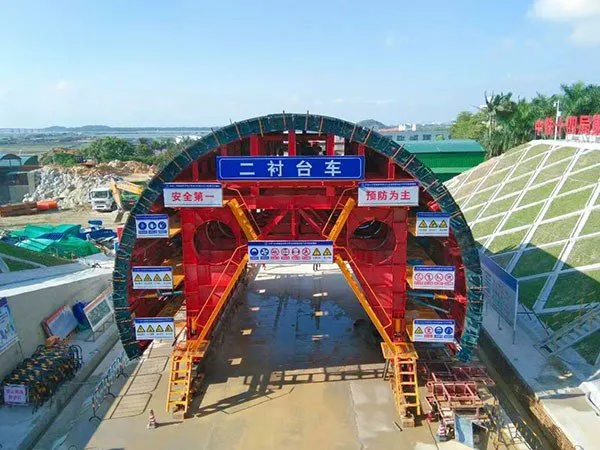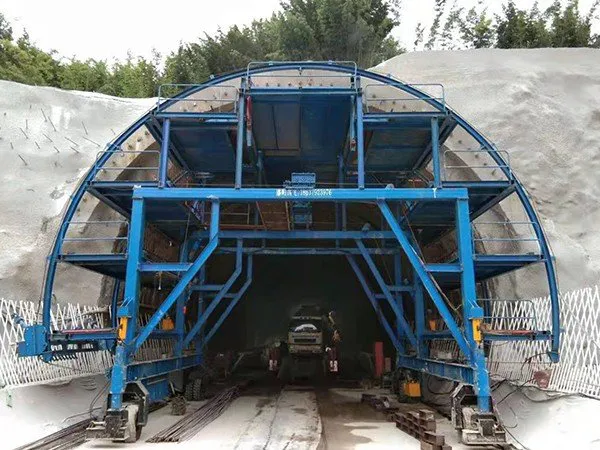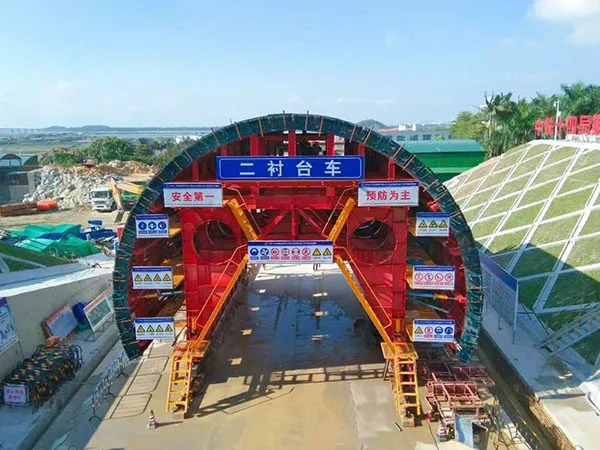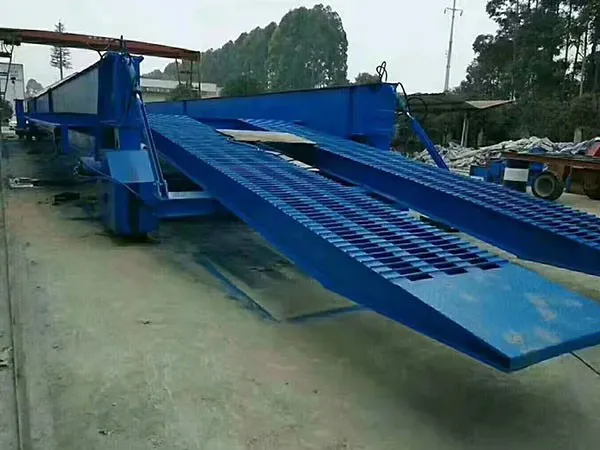While both trituradores de la mandíbula y trituradoras de cono are essential in aggregate and mining operations, they are typically used at different stages and have distinct advantages. Cone crushers generally offer advantages over jaw crushers when used in secondary, tertiary, or quaternary crushing stages, after a primary jaw crusher has already done the initial size reduction.
Key Advantages of Cone Crushers Over Jaw Crushers

Superior Product Shape (Cubicity):
trituradora de cono: Produces a more cubical (equi-dimensional) product. This is due to the combination of compression and attrition as material is crushed between the mantle and bowl liner, and also due to inter-particle crushing when choke-fed. Cubical aggregate is preferred for concrete and asphalt as it provides better strength and workability.
Rompe mandíbulas: Tends to produce more elongated or flaky particles, especially with laminated or slabby feed rock.
Finer and More Consistent Product Size:
trituradora de cono: Can achieve a finer product size and a tighter particle size distribution. They are designed for producing precisely graded materials.
Rompe mandíbulas: Primarily designed for coarse primary crushing, so its product is larger and less uniform.
Mayor rendimiento (in Secondary/Tertiary Stages):
trituradora de cono: For a given physical size (in secondary/tertiary applications), a cone crusher often has a higher throughput capacity than a jaw crusher would if it were forced to produce a similarly sized product. The continuous crushing action contributes to this.
Rompe mandíbulas: Operates with an intermittent crushing action (once per revolution).

Higher Reduction Ratio (in its operating range):
trituradora de cono: Can achieve higher reduction ratios (p.ej., 6:1 a 10:1 or even higher in some modern designs) efficiently when processing pre-crushed material.
Rompe mandíbulas: Typically offers reduction ratios of 3:1 a 5:1 for primary crushing.
…
More detailed information about the advantages of cone crusher compared with jaw crusher can be clicked to visit: https://www.yd-crusher.com/a/news/advantages-of-cone-crusher-over-jaw-crusher.html

















